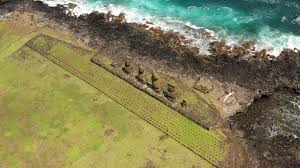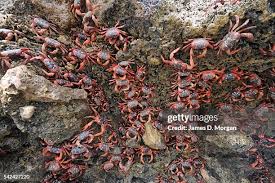Exploring Easter Island: History and Cultural Significance

Introduction to Easter Island
Easter Island, or Rapa Nui, is one of the most remote inhabited islands in the world, located in the southeastern Pacific Ocean, about 3,500 kilometres off the west coast of Chile. This unique island is renowned for its mysterious Moai statues, which draw tourists and researchers alike. The significance of Easter Island extends beyond its impressive sculptures, offering insights into ancient Polynesian culture and sustainability challenges.
The Marvel of the Moai Statues
The Moai statues, carved from volcanic rock, are iconic representations of the Rapa Nui people’s ancestral worship. There are nearly 900 Moai scattered across the island, with the largest statue, known as ‘Paro,’ standing over 10 metres tall and weighing an estimated 82 tons. Recent archaeological findings suggest that these statues were not only markers of status and authority but also played a critical role in the community’s socio-political structure.
Environmental Challenges and Preservation
One pressing issue facing Easter Island is the environmental degradation caused by deforestation and over-exploitation of resources. Historical records indicate that the island experienced significant ecological changes due to the extensive quarrying of volcanic rock for Moai construction and the depletion of palm forests. As researchers continue to study these patterns, conservation efforts are becoming increasingly important to preserve the remaining cultural heritage and restore ecological balance.
Tourism and its Impact
The popularity of Easter Island as a tourist destination has grown substantially, with an increase in visitors drawn by the allure of its archaeological wonders. However, this surge also comes with challenges, including the need for sustainable tourism practices to ensure that the delicate ecosystem and cultural sites are not compromised. Local authorities and communities are now recognising the importance of balance—encouraging tourism while protecting their unique island culture and environment.
Conclusion: The Significance of Easter Island Today
Easter Island serves as a powerful reminder of human achievement and the consequences of environmental mismanagement. As we continue to explore and learn from this remote island, its legacy of cultural resilience and the mysteries of its past remain vital in the context of global sustainability efforts. For visitors and scholars alike, Easter Island is not just a destination; it is a living testament to the complexities of human existence on Earth. The continued protection of its cultural artefacts and natural environment holds significance that transcends its shores, illustrating the importance of stewardship in the face of modern challenges.









